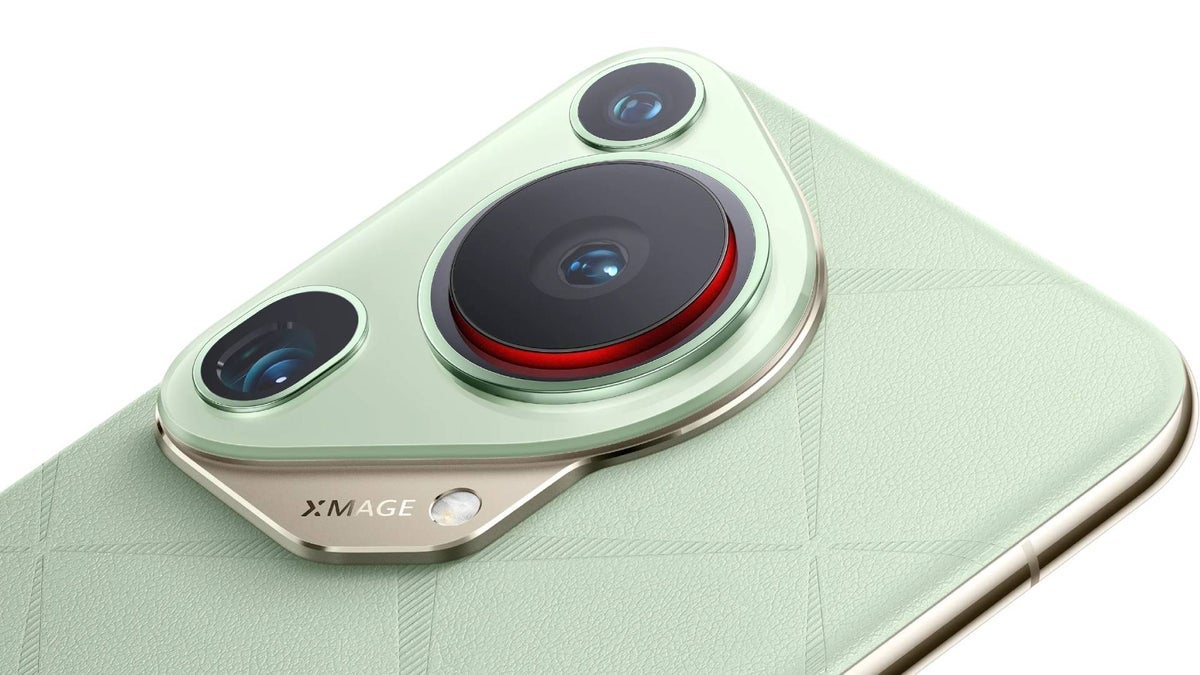Teardown of Huawei's new Pura 70 Pro shows the company is getting more self-sufficient

With each new flagship series, Huawei is thumbing its nose at U.S. sanctions more and more. Once again, we direct your attention to the spotlight on that story from last August when Huawei introduced the Mate 60 series. That Huawei revealed a new flagship line wasn't a big deal. What was a big deal was the chip that the phone was equipped with, the Kirin 9000s. You see, U.S. sanctions from back in 2020 were created to prevent Huawei from obtaining chips that support 5G networks.
Thanks to the ban, for the P50, Mate 50, and P60 flagship lines, Huawei had to use special versions of Qualcomm's Snapdragon SoCs that were tweaked to prevent them from working with 5G networks. Since 2020's Mate 40 series, which featured the Kirin 9000 chipset, no Huawei flagship had been powered by a chip that supports 5G. So when the Mate 60 line was announced by Huawei last year, most were stunned to see that it was powered by the 5G supporting Kirin 9000s which was produced by China's largest foundry, SMIC, using its 7nm node.
U.S. lawmakers were up in arms even though the Kirin 9000s, manufactured on a 7nm process node as we just mentioned, is two generations behind the 3nm process node currently used by TSMC and Samsung Foundry. And it is all because of 5G.

The Huawei Pura 70 Pro uses more components sourced from China
Huawei recently introduced its new flagship series, the Pura 70 line, and a teardown of the Pura 70 Pro was made by online tech repair company iFixit and consultancy TechSearch International on behalf of Reuters. One change that they found was a new supplier for the NAND flash memory chip; the memory chip in the Pura 70 Pro had packaging from Huawei's own HiSilicon chip unit while the Mate 60 Pro used a NAND flash memory chip made by South Korea's SK Hynix.
While the Pura 70's DRAM chip also came from SK Hynix, the South Korean firm says that it is "strictly complying with the relevant policies since the restrictions against Huawei were announced and has also suspended any transactions with the company since then." The company denies that it still does business with Huawei which indicates that Huawei was dipping into its inventory of older components.
Besides the HiSilicon NAND flash memory chip, the teardown also noted that several other components came from Chinese suppliers. The application processor (AP) was said to be the successor to the Kirin 9000s, the Kirin 9010. Designed by Huawei's HiSilicon unit, the Kirin 9010 is a slightly improved version of the previous chip, and is also manufactured by SMIC using its 7nm process node.
Shahram Mokhtari, iFixit's lead teardown technician, said, "While we cannot provide an exact percentage, we'd say the domestic component usage is high, and definitely higher than in the Mate 60. This is about self-sufficiency, all of this, everything you see when you open up a smartphone and see whatever are made by Chinese manufacturers, this is all about self-sufficiency."
Follow us on Google News










![A new Android bug is making it impossible to install new apps. Are you affected? [UPDATE]](https://m-cdn.phonearena.com/images/article/176703-wide-two_350/A-new-Android-bug-is-making-it-impossible-to-install-new-apps.-Are-you-affected-UPDATE.webp)

Things that are NOT allowed:
To help keep our community safe and free from spam, we apply temporary limits to newly created accounts: